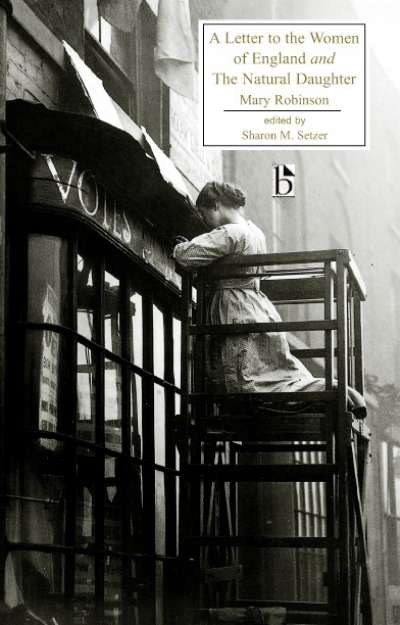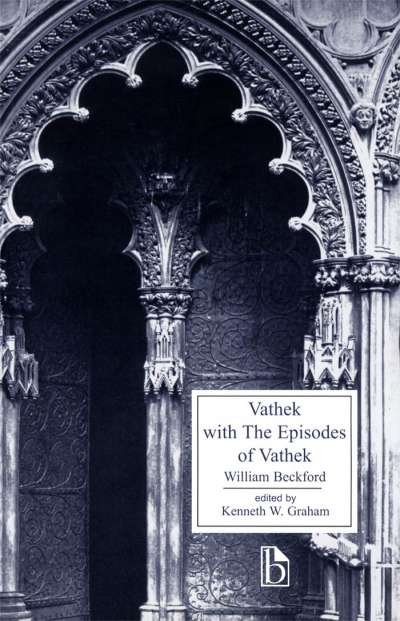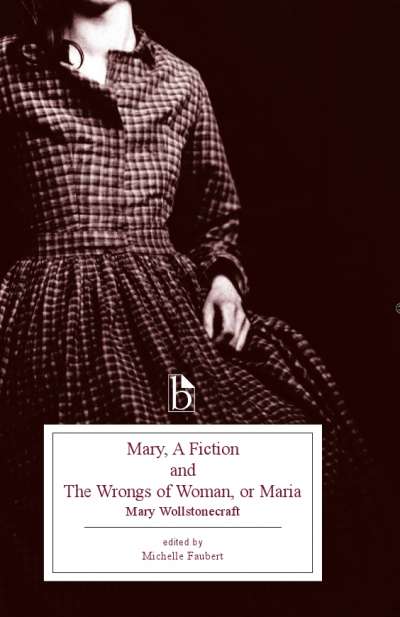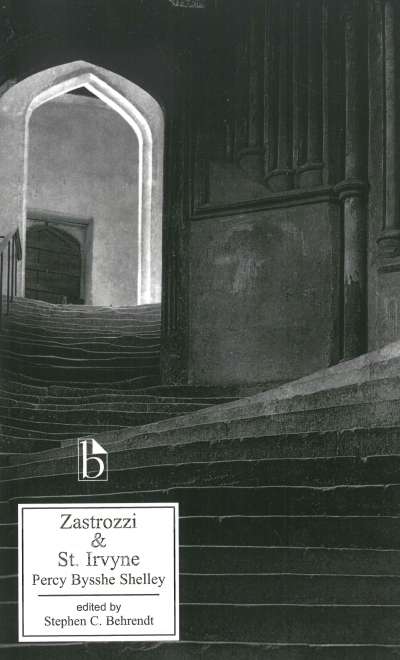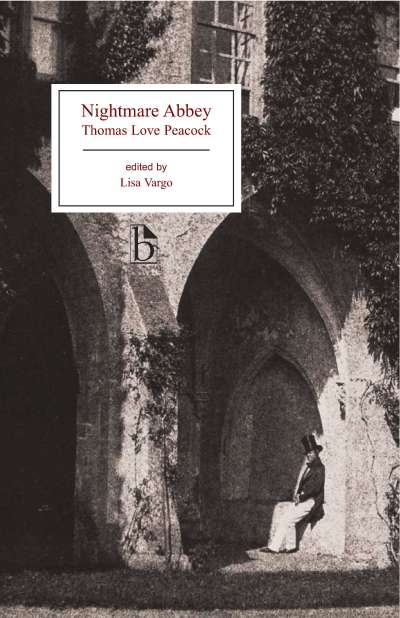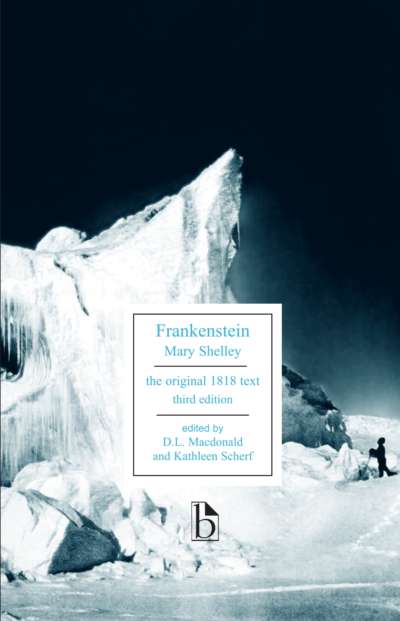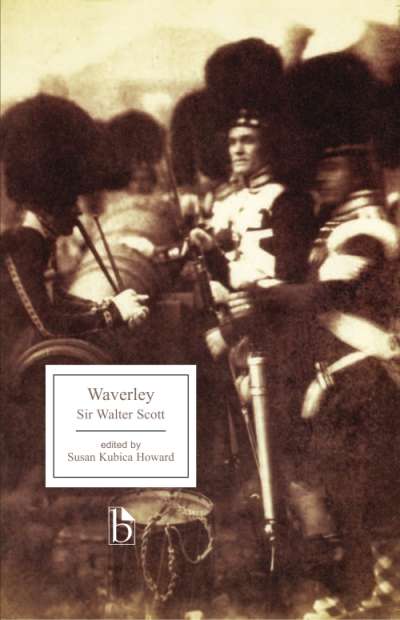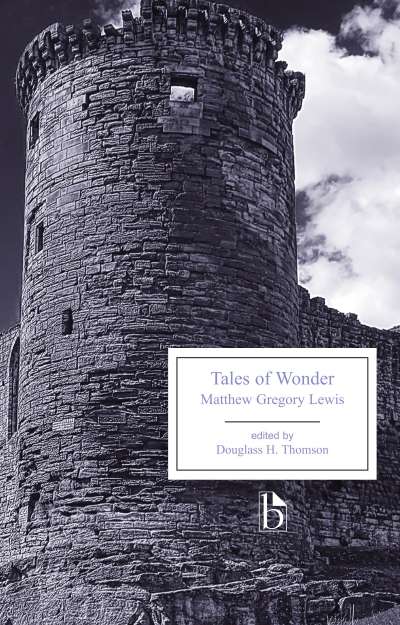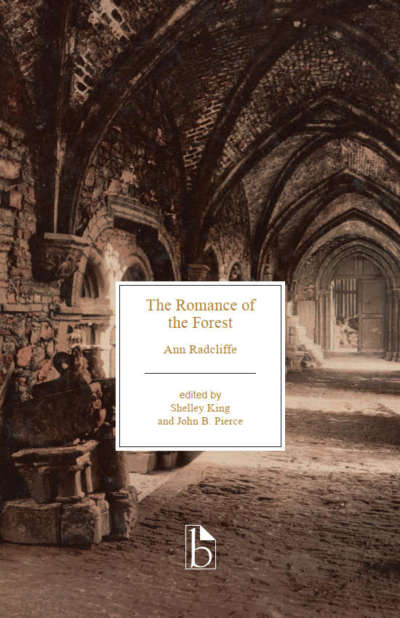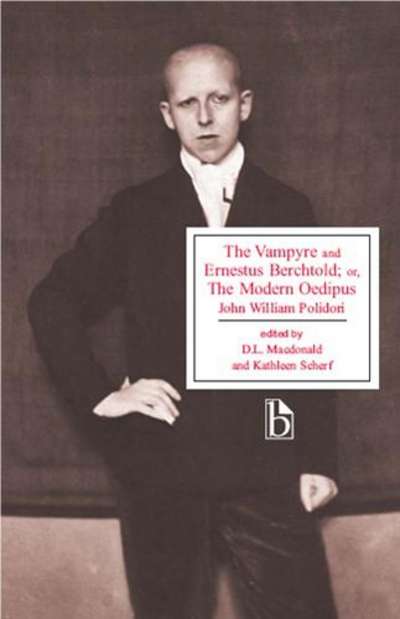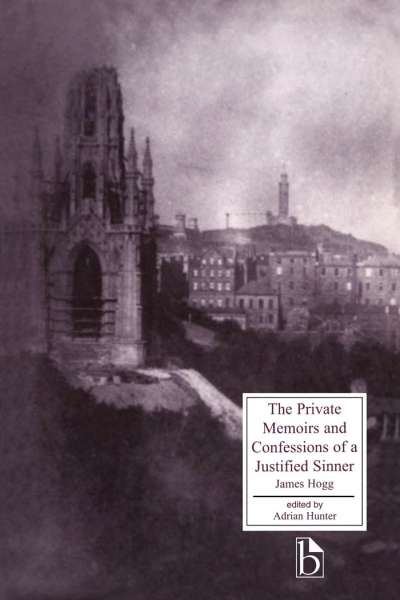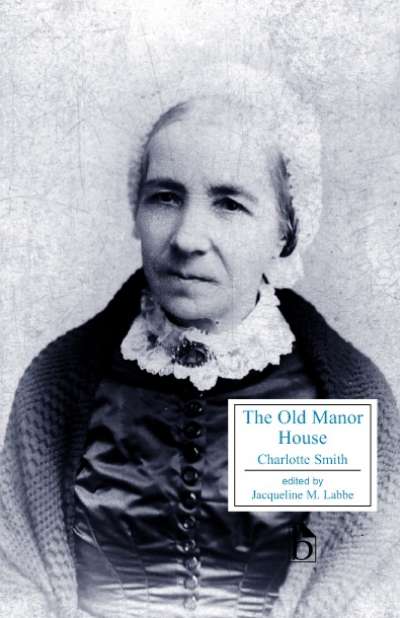The Monk is the most sensational of Gothic novels. The main plot concerns Ambrosio, an abbot of irreproachable holiness, who is seduced by a woman (or perhaps a demon) disguised as a novice, and who goes on to sell his soul to the Devil. An extravagant blend of sex, death, politics, Satanism, and poetry, the work greatly appealed to the Marquis de Sade.
The Broadview edition includes a critical introduction and appendices of historical materials that address the novel’s literary sources (in English, German, and Greek literature), historical contexts (the French Revolution, slavery and abolition debates, sexuality), critical reception, and influence.
Comments
“This is an essential edition. Its ample coverage of critical reception, cultural responses and historical context does full justice to the profound intertextuality of The Monk.” — Angela Wright, University of Sheffield
“This is a superb edition of a still stunning novel. It’s hard to imagine how the informative, witty introduction could be bettered, and the very helpful appendices will send readers in all the right directions.” — Ian Balfour, York University, Toronto
Acknowledgements
Introduction
Matthew Gregory Lewis: A Brief Chronology
A Note on the Text
The Monk
Appendix A: Literary Sources
- Richard Steele, The Guardian, 31 August 1713
- Samuel Richardson, Clarissa, 1747-48
- Lovelace’s Dream
- Clarissa’s Dream
- Johann Karl August Musäus, “The Elopement”
- Christian Friedrich Daniel Schubart, “The Eternal Tew”
- Matthew Gregory Lewis, “Imitation of Anacreon”
Appendix B: Historical Contexts
- The French Revolution
- Edmund Burke, Reflections on the Revolution in France, 1790
- Matthew Gregory Lewis, “France and England in 1793”
- Thomas Paine, The Age of Reason, 1794-95
- Colonialism and Slavery
- Matthew Gregory Lewis, The Castle Spectre, 1797
- Matthew Gregory Lewis, Journal of a West India Proprietor,
1815-18
- Georgian Homophobia
- The Trying and Pilloring of the Vere Street Club, 1810
Appendix C: Critical Reception
- [Mary Wollstonecraft?], Analytical Review, October 1796
- European Magazine, February 1797
- [Samuel Taylor Coleridge], Critical Review, February
1797
- “An Apology for the Monk,” Monthly Mirror, April 1797
- Matthew Gregory Lewis, letter to his father, 23 February 1798
- Matthew Gregory Lewis, Preface to Adelmorn, the Outlaw,
1801
- Le Décade philosophique, 9 May 1797
- Spectateur du nord, April-June 1798
- Marquis de Sade, “Reflections on the Novel,” 1800
- Ann Radcliffe, “On the Supernatural in Poetry,” 1826
Appendix D: Cultural Responses
- Charles Farley, Raymond and Agnes, 1797
- “The Bleeding Nun,” 1801
- Almagro & Claude; or Monastic Murder, 1810
Appendix E: Variants
Works Cited and Recommended Reading
The late D.L. Macdonald was a Professor of English at the University of Calgary. He was the author of Poor Polidori: A Critical Biography of the Author of “The Vampyre” (University of Toronto Press, 1991) and Monk Lewis: A Critical Biography (University of Toronto Press, 2000).
Kathleen Scherf is Dean of the Faculty of Communication and Culture at the University of Calgary. She is the editor of Collected Poems of Malcolm Lowry (University of British Columbia Press, 1992).
Together they are the editors of the Broadview editions of Mary Wollstonecraft’s The Vindications (1997) and Mary Shelley’s Frankenstein (1999).


